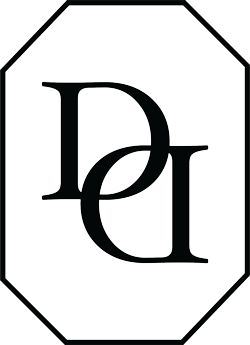Facets are the flat surfaces that form a diamond’s external shape.
They are essential because they determine the diamond’s brilliance, fire and scintillation. A diamond with many facets will show more light and sparkle than one with fewer facets. This is why it is important to consider how many facets a diamond has when purchasing one.
The crown facet is the most important diamond facet because it is its centre. Its brightness and shape determine the diamond’s brilliance. If a diamond has a poor quality crown, it will not be as brilliant and will look less like a diamond. A loose table makes for an inaccurate appraisal of this facet.
The Definitive Guide To Understanding Facet Counts And Their Meaning
There are three main types of diamonds: gem-quality stones, industrial quality stones and synthetic diamonds. Gem quality diamonds come from mines in Africa and South America, while industrial quality diamonds come from mines in Canada and Russia. Synthetic diamonds, they can be made in a lab by combining carbon with other materials such as hydrogen or methane gas under high pressure and temperature conditions.




